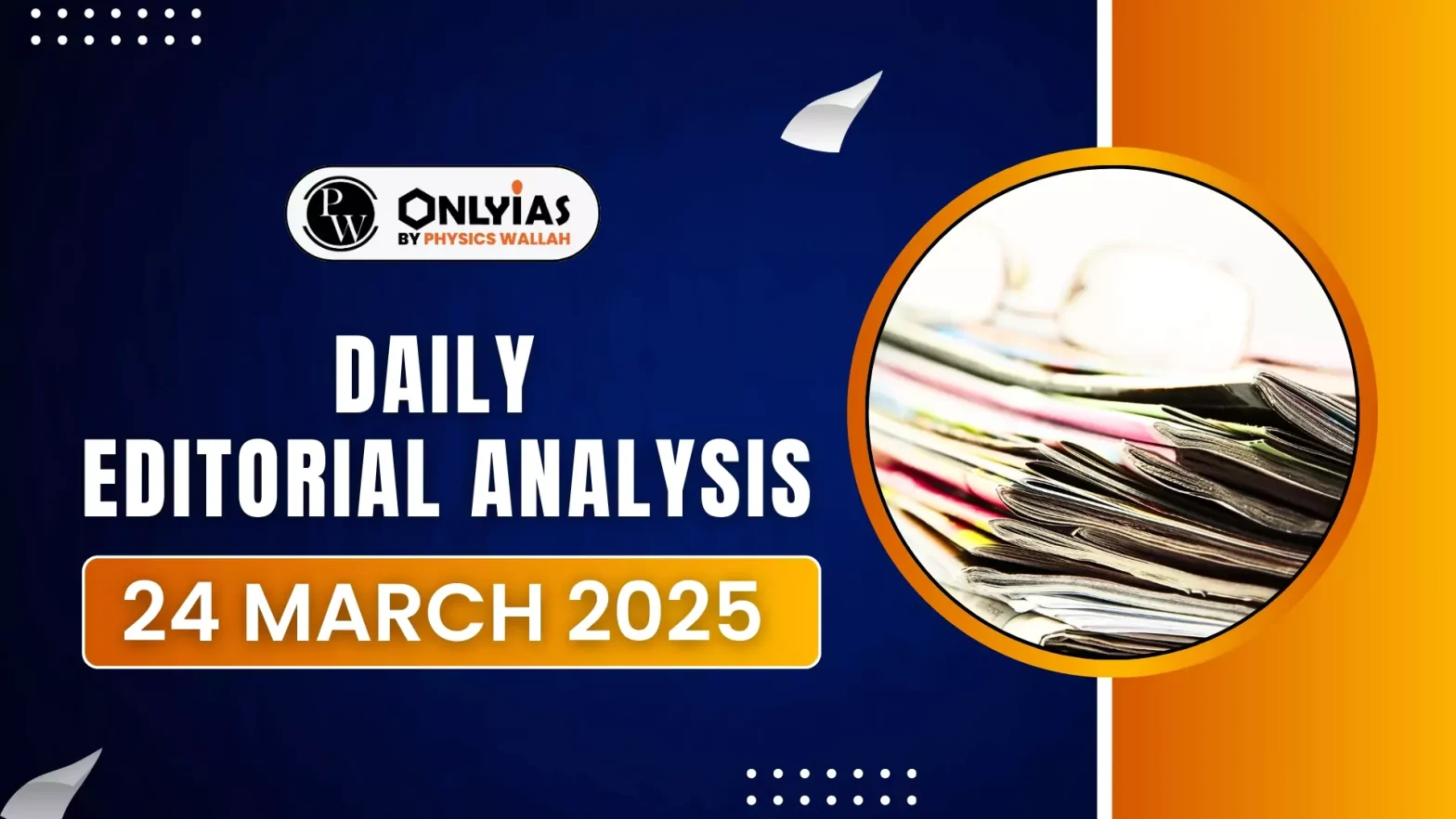Donald Trump is expected to arrive in New Delhi for the Quadrilateral Security Dialogue (QUAD) Summit this year.
- Fear: Speculations suggest he may push for the militarisation of QUAD.
- Interest: Analysts argue that Trump has shown limited interest in non-security domains such as HADR missions, climate change, and health.
- However, these claims contradict the very purpose for which QUAD was envisaged.
Evolution of the QUAD
- Origins (2004): Formed after the Indian Ocean tsunami as the Tsunami Core Group for rescue and relief operations.
- 2007: Evolved into the Quadrilateral Security Dialogue (QUAD), with joint military exercises like Exercise Malabar.
- Chinese Opposition: Led to Australia’s withdrawal, causing QUAD to become inactive.
- India’s Approach: Continued Malabar exercise with the US, later joined by Japan (2015).
- 2017 Revitalization: QUAD revived in response to China’s aggressive foreign policy under Xi Jinping.
India – China conflicts
- Border Incursions: Frequent violations across the LAC since 2013.
- 2014 Chumar Sector Incident: Chinese PLA incursions before Xi Jinping’s visit to India.
- China-Pakistan Economic Corridor (CPEC): Built in PoJK, further straining relations.
- Opposition to India : Blocking India’s NSG membership and supporting Pakistan in UNSC.
- Doklam Standoff (2017): 73-day military confrontation near India-Bhutan-China tri-junction.
Concerns of Other QUAD Members
- Australia: Economic coercion by China led to a shift in foreign policy.
- Japan: Increased pressure from China over the Senkaku/Diaoyu Islands dispute.
- United States: Concerned over China’s growing Indo-Pacific influence, militarization of South China Sea, and expansionist Belt and Road Initiative (BRI).
QUAD’s Strategic Shift Under Trump
- 2017: Revived as an informal grouping.
- 2019: Elevated from secretarial-level dialogue to ministerial-level meetings.
- 2021: First leaders’ summit held, now meets regularly.
- Focus Areas:
- Security: Maritime Domain Awareness, critical technologies, cybersecurity, and supply chain resilience.
- Non-Security: HADR, health, and climate change, maintaining strategic importance.
- Avoiding Militarisation: QUAD avoids becoming a Cold War-era NATO-style structure.
- Objectives: Maintain balance of power and ensure strategic deterrence in the Indo-Pacific.
- Risks of Militarisation: Security dilemma for China, increasing the risk of direct military confrontation. Geopolitical competition intensifies, escalating tensions. Defeats the original purpose of QUAD.
- Approach of Trump: Trump’s approach to alliances was marked by his opposition to long-term security commitments and a transactional foreign policy, as seen in his first term.
- He remained skeptical of multilateral obligations and was unlikely to push the QUAD towards a formal military alliance, given the financial and strategic burdens involved.
Impact of Militarising the QUAD
- Strategic Hedging: Most ASEAN countries balance their relationships between China and the US, engaging in security cooperation with the US while maintaining economic ties with China.
- Limited Strategic Flexibility: A militarised QUAD would reduce ASEAN nations’ ability to maneuver between major powers.
- Anti-China Initiatives: ASEAN countries prefer a neutral stance and are cautious about overtly anti-China frameworks.
- Appealing Structure: The current structure ensures broader acceptability among ASEAN nations. A shift towards a security-centric model could alienate these countries, reducing the QUAD’s effectiveness.
Nature of QUAD
- Engagements: The QUAD has been actively functioning with regular engagements at various levels, including leaders’ summits, ministerial meetings, and secretary-level discussions.
- Collaborative: Multiple working groups operate across various sectors, reinforcing its collaborative nature.
- Significance: A ministerial-level QUAD meeting was held in the US one day after Trump’s inauguration, emphasizing its strategic importance even under his second presidency.
- Not a NATO-style Alliance: The QUAD lacks administrative structures or binding security commitments like NATO.
- China’s Narrative: China often labels the QUAD as an “Asian NATO” as part of its broader strategy to undermine the grouping.
- Framework: The QUAD remains an informal, flexible, and non-NATO-style structure, designed to maintain a balance of power and strategic deterrence in the Indo-Pacific.
Conclusion
The QUAD’s strength lies in its flexible, strategic framework, which allows it to address regional challenges without forcing its members into binding security commitments. While security cooperation will remain a key component of its agenda, full-scale militarisation would be counterproductive, undermining both regional stability and the QUAD’s broader strategic goals.
![]() 24 Mar 2025
24 Mar 2025

